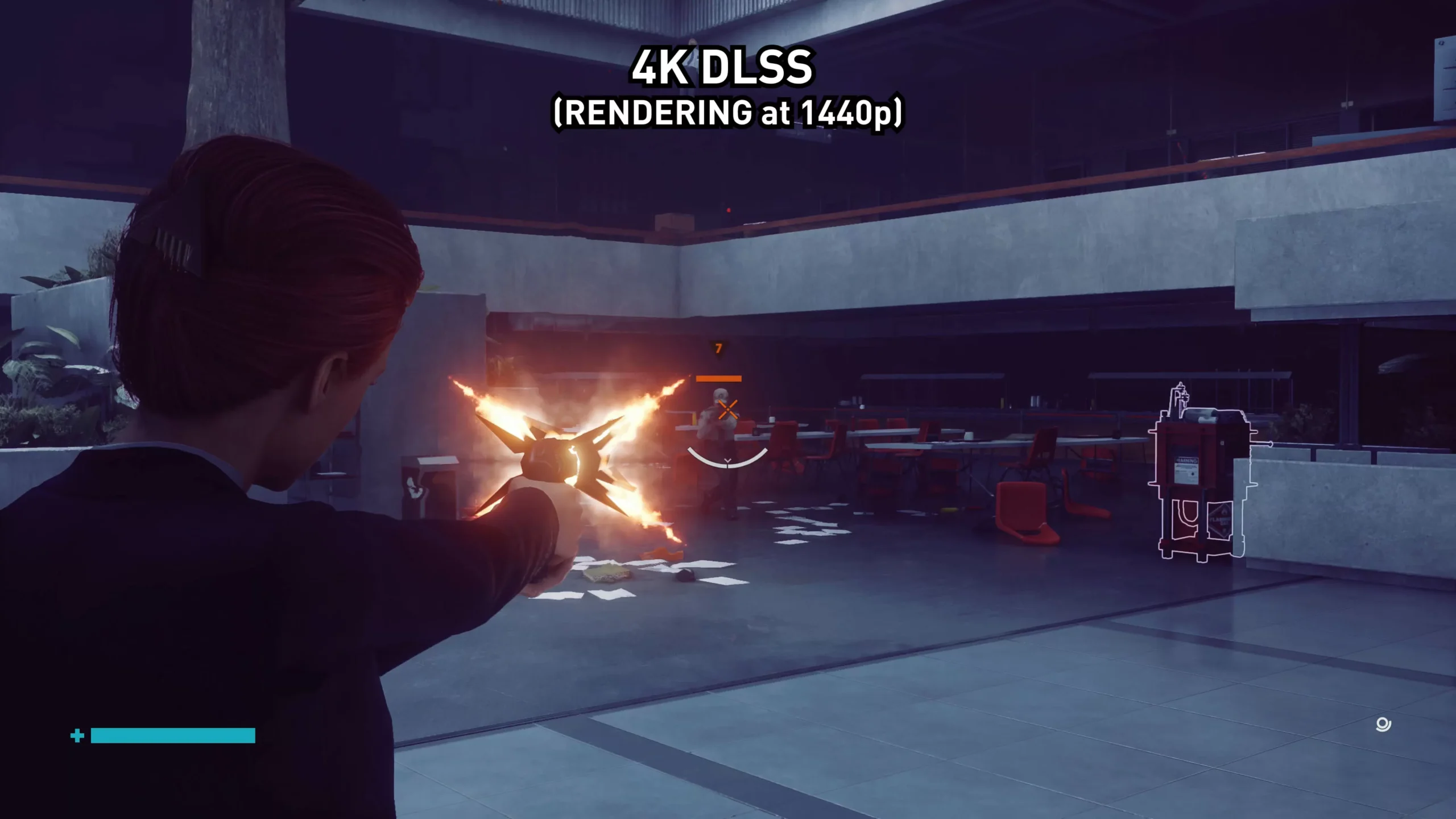Nvidia’s Deep Learning Super Sampling (DLSS) technology has been a game-changer in the realm of graphics rendering, particularly for gamers seeking enhanced performance without sacrificing visual fidelity. With the introduction of DLSS 4, many enthusiasts have been eager to explore its capabilities. However, amidst the excitement, several myths and misconceptions have emerged that warrant clarification. This article seeks to debunk these myths and provide a comprehensive understanding of what DLSS 4 is and what it is not.
To begin with, it is essential to understand the fundamental purpose of DLSS technology. DLSS is designed to improve frame rates in video games by utilizing artificial intelligence and machine learning algorithms. By rendering frames at a lower resolution and then upscaling them to a higher resolution, DLSS allows for smoother gameplay while maintaining a high level of detail. This technology is particularly beneficial for gamers using high-resolution displays, as it enables them to enjoy demanding titles without the need for top-tier hardware.
One of the most prevalent myths surrounding DLSS 4 is the belief that it is merely an upscaling technology. While upscaling is indeed a core component of DLSS, the technology goes beyond simple resolution enhancement. DLSS 4 employs advanced neural networks that have been trained on a vast dataset of high-quality images. This training allows the algorithm to predict and generate pixels in a way that closely resembles native resolution rendering. As a result, the visual output can often be indistinguishable from that of traditional rendering methods, even at lower base resolutions.
Another common misconception is that DLSS 4 is a one-size-fits-all solution. In reality, the effectiveness of DLSS can vary significantly depending on the game and the specific implementation of the technology. Developers must integrate DLSS into their titles, and the quality of this integration can influence the overall performance and visual quality. Some games may benefit greatly from DLSS 4, while others may not see as significant an improvement. Therefore, it is crucial for gamers to consider the specific titles they play when evaluating the potential benefits of DLSS 4.
Furthermore, there is a belief that DLSS 4 will eliminate the need for powerful graphics cards altogether. While DLSS can enhance performance, it does not negate the necessity for capable hardware. Gamers still require a competent GPU to run games effectively, especially at higher settings. DLSS serves as a complementary technology that can help maximize the potential of existing hardware, but it is not a substitute for a robust graphics card. Users should approach DLSS as a tool to enhance their gaming experience rather than a means to bypass hardware limitations.
Another myth that has surfaced is the notion that DLSS 4 will always produce superior results compared to traditional rendering methods. While DLSS can offer impressive performance gains, there are instances where native rendering may still be preferable. Certain visual effects, such as ray tracing, may not translate as effectively through DLSS, leading to potential discrepancies in visual quality. Additionally, some gamers may prefer the aesthetic of native rendering, which can provide a different visual experience. Ultimately, the choice between DLSS and native rendering will depend on individual preferences and the specific context of the game being played.
Moreover, the perception that DLSS 4 is a new technology is misleading. While DLSS has evolved over time, the core principles behind it have remained consistent since its inception. Each iteration of DLSS has aimed to improve upon the previous version, addressing limitations and enhancing performance. DLSS 4 represents a continuation of this evolution, incorporating advancements in AI and machine learning to deliver better results. However, it is essential to recognize that DLSS is not a revolutionary departure from its predecessors but rather an incremental improvement.
In conclusion, Nvidia’s DLSS 4 technology is a powerful tool that can significantly enhance gaming performance and visual quality. However, it is essential to approach it with a clear understanding of its capabilities and limitations. By debunking common myths and misconceptions, gamers can make informed decisions about how to leverage DLSS 4 in their gaming experiences. As the technology continues to evolve, it will be interesting to see how developers integrate it into future titles and how it shapes the landscape of gaming graphics.


